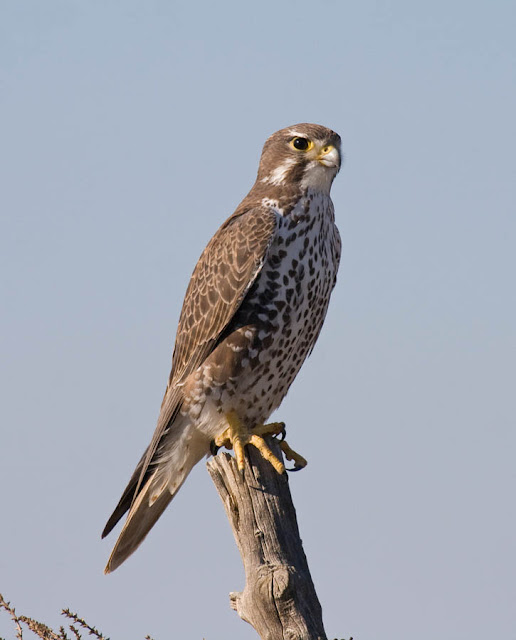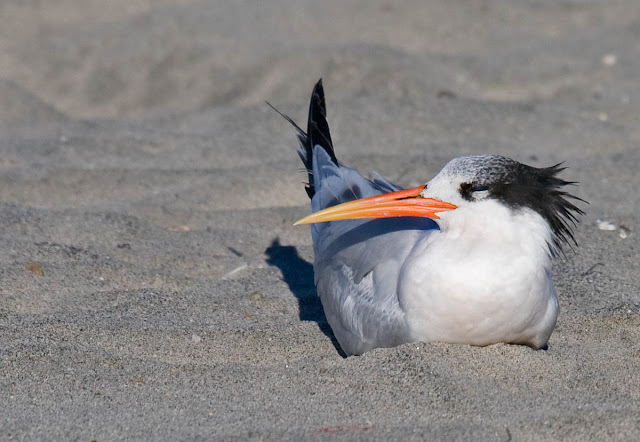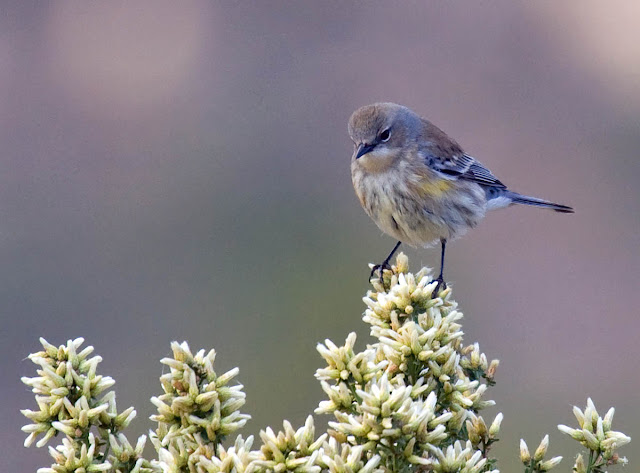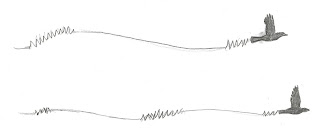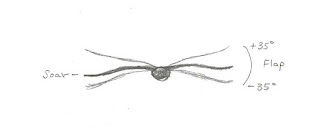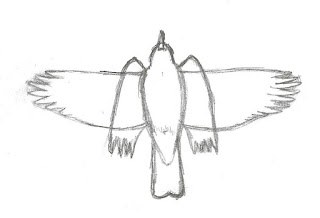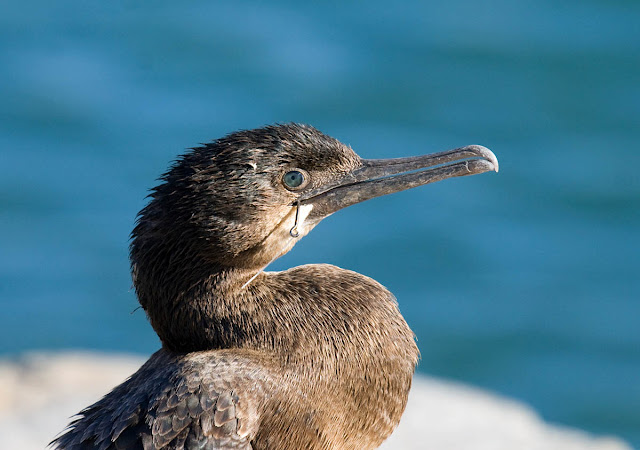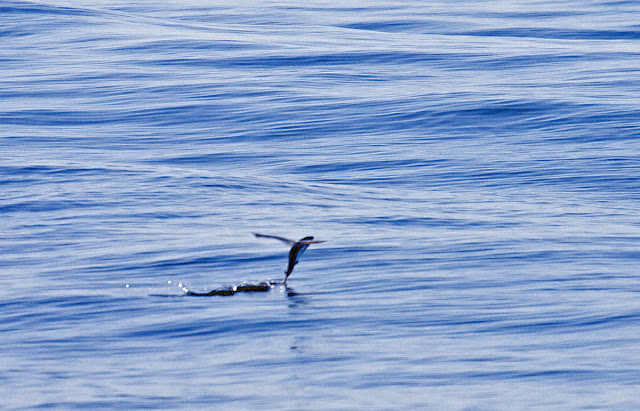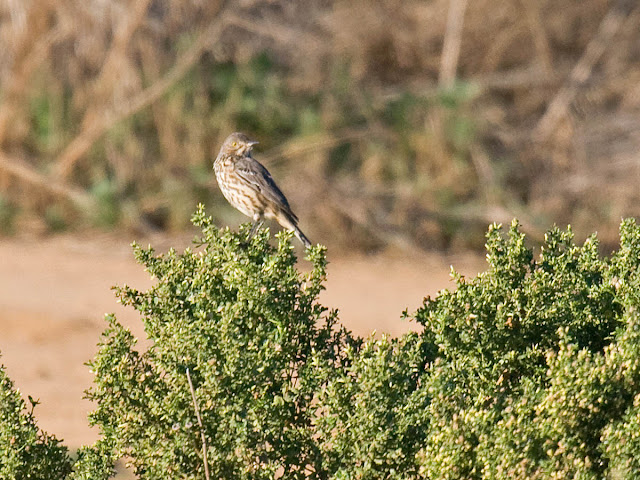Princeton University Press sent me this new bird book to review. I am very interested in teaching others to improve their field birding skills. So naturally, I was anticipating this new offering.
Better Birding: tips, tools & concepts for the field. George L. Armistead and Brian L. Sullivan. Publication date December 8, 2015. Paperback 360 pages. 8.5 x 5.5 inches.
The first thing I had to do when reading this book is to adjust my preconceptions. You see, based on the title, I was expecting the entire book to be a "how to" manual, similar to Alderfer and Dunn's
National Geographic Birding Essentials (2007). In fact, it is a guide for explaining tricky identification problems in North American birds using more than just plumage. It is thus more similar to Kaufman's
Field Guide to Advanced Birding (2011). In this regard the book does not disappoint.
The 18-page introduction describes the design of the book with the catch-phrase "Wide-Angle Birding." Bird identification is not just plumage. Birds are not just field marks; they are living entities. Behavior, habitat, natural history, and taxonomy helps separate one species from another.
"You learn more when you can also zoom out and see the big picture--see the bird in context. Sometimes you have to lower your binoculars and step away from the scope, look at your surroundings and habitat the bird is in, consider the conditions, and use your ears. Relying too much on the view through your optics can actually hinder your attempts at identification."
So, then, rather than telling how to better identify birds, the rest of the book is dedicated to showing how to identify individual species from among groups of North American birds. For instance, the first "chapter" covers the 5 loon species. Each age group and gender is covered--from the easy breeding-plumaged adults to the more difficult juveniles and immatures. This "Loon" section has 18 pages that is divided into about 6 pages of text and 12 pages of photos (44 different loon photos of all species and ages). A bit of natural history is given as an overview to all loons, then each species account covers identification individually by age class.
The book continues with 23 more groups that prove to be an identification challenge, such as White Herons, Tropical Terns, Godwits, Small Wrens, Swifts, Yellow-bellied Kingbirds, Pipits, and Cowbirds. The book contains hundreds of color bird photos and collages. The groups were chosen for 3 reasons as Armistead and Sullivan explain. The group represented an opportunity to build core birding skills. The group could use a refreshed identification treatment. The group was interesting to the authors.
Each new group has a "Focus on" sentence telling you what to look for when identifying the bird. It could be voice, range, habitat, or perhaps structure of bill or body. It tells you what plumage features to concentrate on for each group, whether head, rump, or wing pattern. This then leads you into a "Hints and Considerations" section that uses bullet points to specifically apply the "Focus on" point to individual species. The "Identification" section further refines identification techniques for the group before covering each species individually.
In July I reviewed
Birding by Impression: A different approach to knowing and identifying birds by Karlson and Rosselet (2015,
Review here). The ideas are similar. Both volumes stress 'holistic' birding--the bird in its living context, not just field marks on a page. These volumes complement each other nicely, I think.





